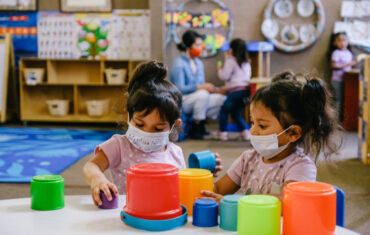The rise of new pathogens and drug-resistant organisms are driving hospitals to reevaluate gown’s quality from surgical gown wholesales. This can optimize patient and staff safety, as well as cost effectiveness.
Surgical gown wholesales manufacturers produce gown to protect patients and clinicians from infectious microorganisms either party may harbor. By implementing safety initiatives surrounding appropriate surgical gown purchasing and use, hospitals can support quality outcomes. They also enhance patient and staff satisfaction.
Choosing gown from surgical gown wholesale
Selecting the appropriate gown from surgical gown wholesales is a crucial task for clinicians. Because gown can prevent the spread of dangerous pathogens and support the hospital’s patient safety initiatives.
The Association for the Advancement of Medical Instrumentation established a classification standard to give surgical gown wholesales manufacturers a consistent method to measure gown quality. The FDA subsequently established AAMI’s criteria as the gold standard all surgical gown wholesale manufacturers must meet.
The next four levels are the AAMI Ratings for different levels of protection, which surgical gown wholesale should follow:
- 1 — Minimal protection for procedures such as a simple excision biopsy
- 2 — Low protection for procedures such as tonsillectomies.
- 3 — Moderate protection for procedures such as arthroscopic orthopedic surgery
- 4 — High protection for procedures where a surgeon’s hands and arms are in a patient’s body cavity.
The hierarchy ranks medical procedures by exposure risk, accounting for the type and volume of fluid involved in the procedure. It also includes the duration of exposure. Then, AAMI assesses the gown material’s resistance to water and blood penetration. This test for four different areas of the gown: the front chest, sleeve seam, sleeve and front belt.
Clinicians can ensure the gowns they use align with these levels of protection by looking for an AAMI level on the gown label from surgical gown wholesales manufacturers. One more thing, if there is no date available on the label or packaging, facilities should contact the surgical gown wholesale manufacturer. Then, clinicians make the decision about which level to wear based on knowledge of the procedure and experience.
Streamlining gown purchasing
Clinicians and materials management staff should work together to improve gown purchasing from surgical gown wholesale manufacturers. They need to ensure there is always adequate supply of the right gown for the right procedure. When purchasing surgical gowns, materials management staff must assess the risk of surgical site infections. Besides, they consider clinicians’ personal preferences and comfort. Materials management can also use the AAMI standards to determine the product from surgical gown wholesale manufacturers. They mix needed to maximize safety and cost effectiveness.
If you’re looking for ways to make your medical facility more environmentally friendly, reusable surgical gowns could be part of the answer. Finally, once they weigh these factors, they’ll be able to make more informed decisions about which AAMI level to stock at each facility.






